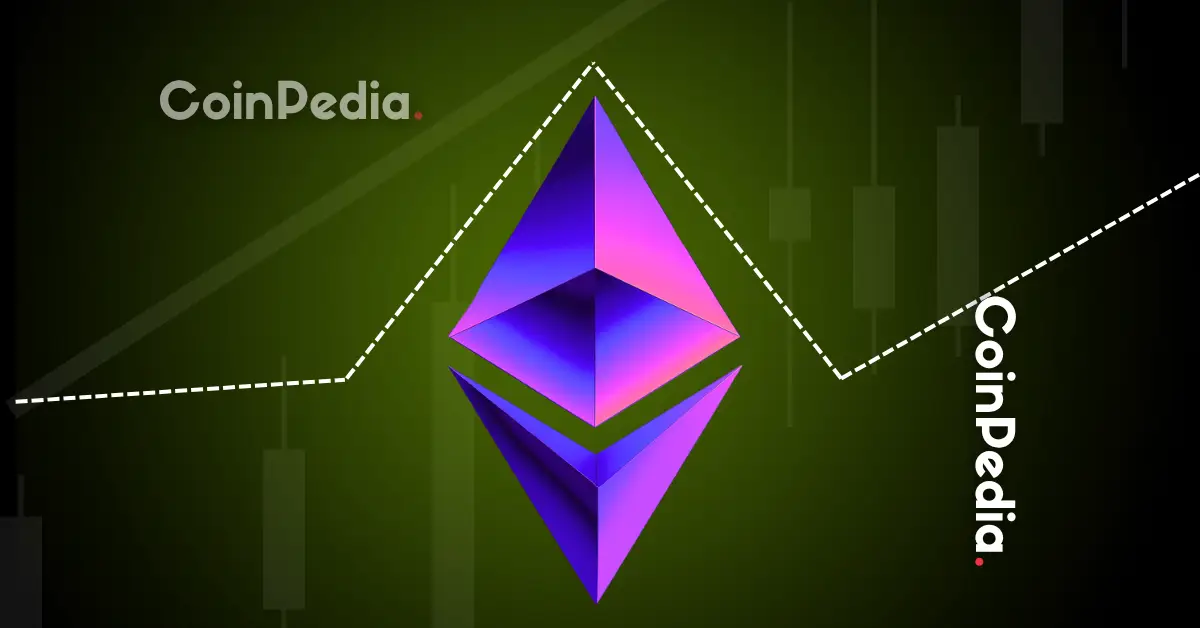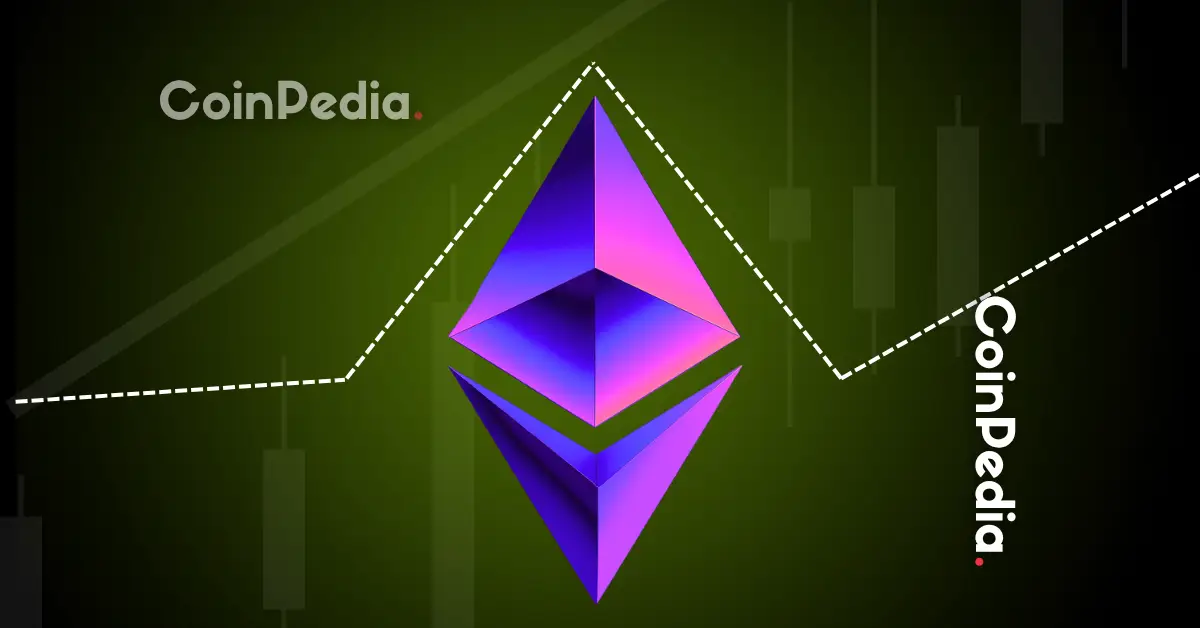Decoding the $2.6 Billion Ethereum Unstaking Wave
Introduction: A Shifting Landscape
The Ethereum network, a linchpin of the decentralized web, is undergoing a seismic shift. Over $2.6 billion worth of ETH is queued for withdrawal, marking an unprecedented exodus that has sent shockwaves through the crypto community. This mass unstaking phenomenon raises critical questions about the future of Ethereum, the motivations behind this movement, and the broader implications for the cryptocurrency market.
Quantifying the Unstaking Surge
The scale of this unstaking event is staggering. Reports indicate that over 733,000 ETH, valued at approximately $2.76 billion, is currently awaiting withdrawal. This backlog has created a wait time of up to 13 days, the longest in Ethereum’s history. The surge began abruptly, with over $2.3 billion worth of ETH queued for unstaking within a mere 48-hour period. This rapid acceleration suggests a coordinated effort by a significant number of stakers to withdraw their assets simultaneously.
Cathie Wood’s Perspective: Incentives and Corporate Strategies
Cathie Wood, the CEO of ARK Invest, offers a compelling explanation for this mass unstaking event. She attributes it to two primary factors: Robinhood’s 2% crypto match promotion and strategic withdrawals by corporate treasury firms.
Robinhood’s 2% Crypto Match: A Lucrative Alternative
Robinhood’s recent offering of a 2% match on crypto deposits has created an attractive alternative to staking ETH. For investors seeking a low-risk, guaranteed return, moving their assets to Robinhood to take advantage of this promotion could be more appealing than the fluctuating yields and potential risks associated with ETH staking. This is particularly true for those who are less bullish on the short-term prospects of ETH.
Corporate Treasury Strategies: Reassessing Risk and Return
The second key factor involves corporate treasury firms, which hold ETH as part of their investment portfolios. These firms are constantly evaluating their risk-return profiles. The surge in unstaking may indicate that some of these firms are reallocating their capital, potentially moving away from ETH staking due to changing market conditions or the emergence of more attractive investment opportunities.
Beyond the Headlines: Exploring Other Contributing Factors
While Cathie Wood’s analysis provides valuable insights, other factors are likely contributing to this unstaking surge.
Profit-Taking After a Price Surge
Ethereum has experienced a significant price increase in recent months, leading some stakers to take profits. Unstaking allows them to sell their ETH holdings at a higher price, capitalizing on the recent market gains. This behavior is natural in any market, especially after a period of substantial growth.
Concerns About Regulatory Uncertainty
The regulatory landscape surrounding cryptocurrencies remains uncertain in many jurisdictions. This uncertainty could be prompting some stakers to reduce their exposure to ETH, fearing potential regulatory crackdowns or unfavorable policy changes.
Shifting Sentiment and Market Dynamics
Overall market sentiment can also play a role. If investors become less optimistic about the future of Ethereum, they may be more inclined to unstake their ETH and explore alternative investment options. Factors such as competition from other blockchain platforms, concerns about network congestion, or disappointment with the pace of technological development could all contribute to a shift in sentiment.
The Implications of the Unstaking Exodus
The mass unstaking of ETH has several potential implications for the Ethereum network and the broader crypto ecosystem.
Increased Selling Pressure
The immediate effect of the unstaking is an increase in the supply of ETH available for sale. As stakers withdraw their ETH and potentially sell it on the open market, this can exert downward pressure on the price of ETH.
Potential Impact on Network Security
While the current level of unstaking is unlikely to pose a significant threat to network security, a sustained and substantial decline in the number of staked ETH could potentially weaken the network’s defenses against attacks. Staking is a crucial mechanism for securing the Ethereum network, and a decrease in the total amount of staked ETH reduces the economic cost of launching a successful attack.
Opportunities for New Stakers
The unstaking event can also create opportunities for new stakers to enter the market at potentially lower prices. If the price of ETH declines due to the increased selling pressure, it may become more attractive for new investors to stake their ETH and earn rewards.
Long-Term Effects on Ethereum’s Roadmap
The unstaking surge could influence the long-term trajectory of Ethereum’s development. If the community perceives the unstaking as a sign of dissatisfaction with the current state of the network, it may accelerate efforts to address key challenges such as scalability and transaction fees. It will encourage the developers to innovate further to retain their existing users and attract potential investors.
Conclusion: Navigating the Unstaking Tide
The Ethereum unstaking surge represents a pivotal moment for the network. While the immediate impact may be concerning, it’s crucial to view this event within a broader context. It’s a signal of shifting investor strategies, market dynamics, and the ever-evolving landscape of decentralized finance. The unstaking exodus is not necessarily a sign of decline, but rather a catalyst for adaptation and innovation. As the Ethereum community navigates this tide, the resilience and adaptability of the network will be tested, ultimately shaping the future of decentralized finance.












